In a world dominated by carefully curated social media feeds, many travelers have become fixated on finding picture-perfect destinations that will rack up likes and engagement. But beyond the filtered facades of tourist hotspots lies a different kind of travel experience—one that offers authenticity, cultural immersion, and meaningful connections that simply can’t be captured in a square frame.
Here is a list of 20 under-the-radar destinations that might not break your social media algorithm but will deliver genuine experiences that stay with you long after your phone battery dies.
Duisburg Industrial Park, Germany

This former coal and steel production complex in Germany’s Ruhr Valley doesn’t scream ‘vacation paradise,’ but that’s precisely its charm. The massive rusting structures and towering blast furnaces have been repurposed into one of Europe’s most fascinating industrial heritage sites.
At night, the complex transforms when the structures are illuminated, creating an otherworldly landscape where visitors can contemplate the intersection of human ingenuity and environmental impact.
Yakutsk, Siberia

As the coldest city on Earth, Yakutsk doesn’t draw the typical tourist crowd—winter temperatures regularly plummet to minus 58 degrees Fahrenheit. The remote Siberian city offers a glimpse into how humans adapt to extreme conditions, from the stilted buildings designed to prevent permafrost melt to the fur markets where locals source their essential cold-weather gear.
The people here possess a warmth that defies the frigid climate, welcoming visitors with genuine hospitality rarely found in more trafficked destinations.
Like Travel Pug’s content? Follow us on MSN.
Gary, Indiana

Once a booming steel town, Gary has faced decades of economic decline, leaving beautiful architecture abandoned and streets quieter than they once were. Despite its challenges, Gary offers travelers a raw look at American industrial history and the resilience of communities facing adversity.
The city’s abandoned buildings, particularly the hauntingly beautiful Methodist Church, tell stories of American prosperity and decline more honestly than any museum exhibition could.
Dharavi, Mumbai

One of Asia’s largest informal settlements isn’t typically featured in travel brochures, but Dharavi offers visitors an unfiltered look at urban innovation and community strength. The neighborhood’s recycling industry transforms tons of the city’s waste into valuable materials, while small-scale industries produce everything from pottery to leather goods.
Community-led tours support local development efforts and dismantle stereotypes, revealing a place of extraordinary entrepreneurship and tight-knit community bonds.
Baotou Rare Earth Mining Area, China

This industrial region in Inner Mongolia won’t win beauty contests, but it provides an eye-opening education on the environmental costs of our digital world. The rare earth elements processed here are essential components in smartphones, wind turbines, and electric vehicles.
The stark landscape of mining pits and processing facilities serves as a powerful reminder of the physical reality behind our seemingly virtual technologies.
Like Travel Pug’s content? Follow us on MSN.
Port Moresby, Papua New Guinea
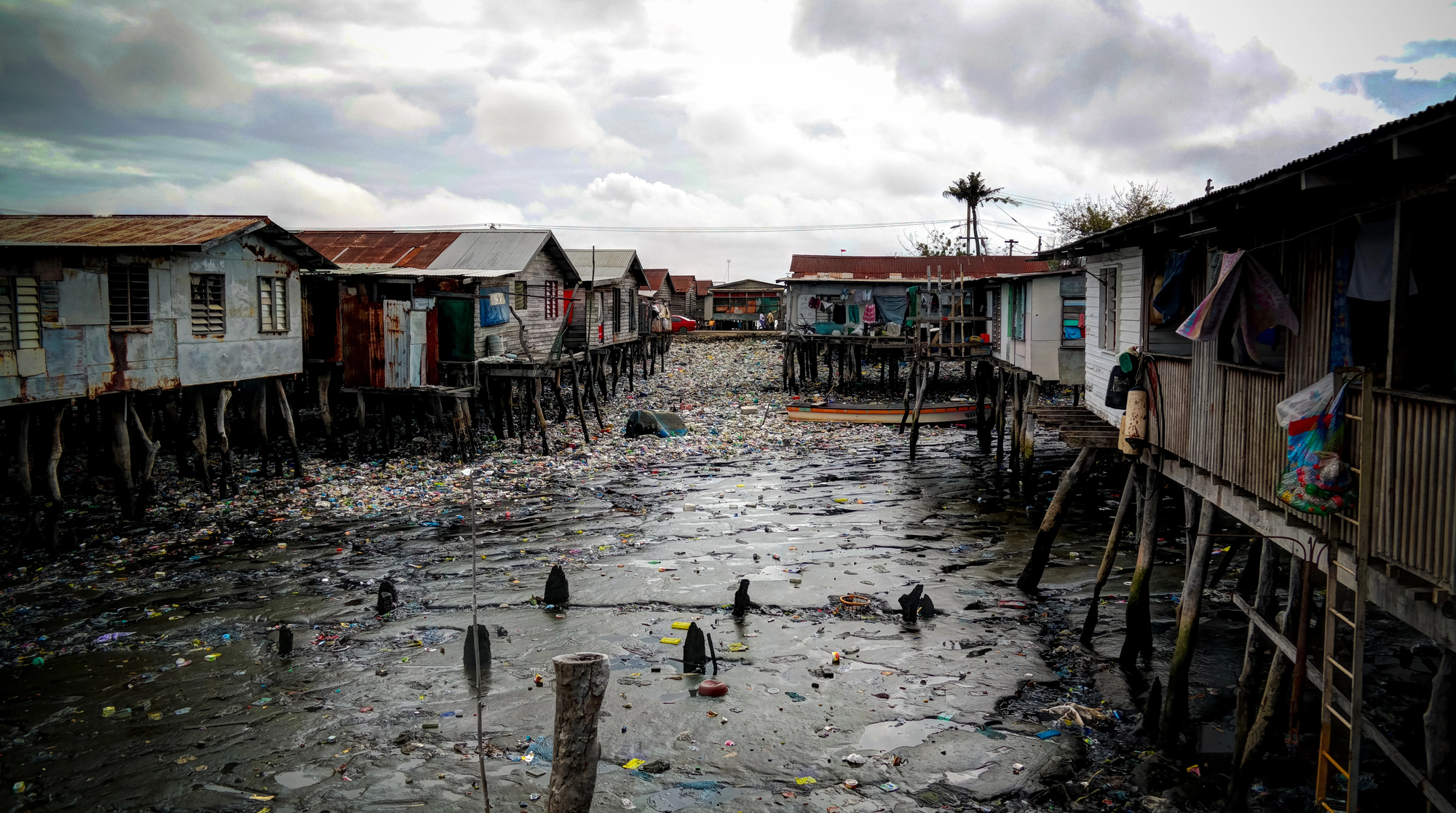
Papua New Guinea’s capital is routinely skipped by travelers heading to the country’s spectacular natural attractions. The city’s reputation for crime has kept it off tourist trails.
Still, visitors who spend time here with local guides discover vibrant markets, a fascinating mix of traditional and colonial architecture, and exceptional seafood. The National Museum houses an impressive collection of indigenous art that provides crucial context for understanding this diverse nation.
Norilsk, Russia
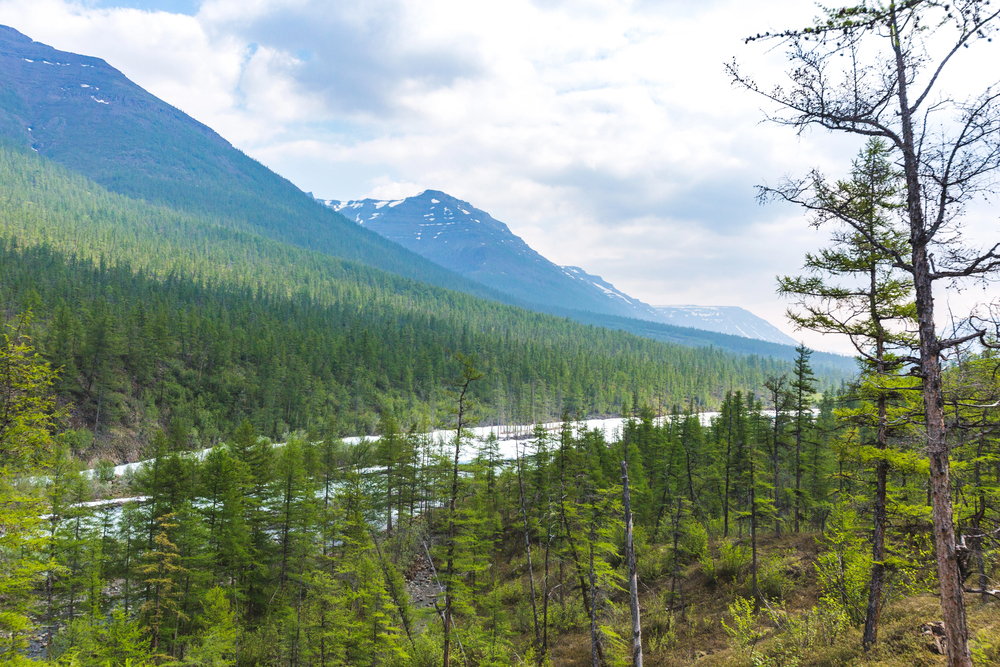
This Siberian industrial city is closed to foreign visitors without special permits, making it one of the world’s most isolated urban areas. Built by gulag prisoners during the Stalin era, Norilsk is one of the most polluted places on Earth due to its nickel mining and smelting operations.
The few outsiders who gain access witness a surreal Arctic cityscape where residents demonstrate extraordinary resilience, creating community in a place where winter lasts nine months and the sun disappears for weeks.
Ciudad del Este, Paraguay

This chaotic border town connecting Paraguay, Brazil, and Argentina thrives on commerce rather than conventional beauty. The crowded streets are lined with electronics shops, and vendors hawk everything imaginable as shoppers from neighboring countries seek tax-free deals.
Beyond the commercial hustle, the nearby Itaipú Dam—one of the world’s largest hydroelectric facilities—offers tours that showcase an impressive feat of engineering that powers much of the region.
Like Travel Pug’s content? Follow us on MSN.
Bonneville Salt Flats, Utah

Unlike their famous Bolivian counterparts, Utah’s salt flats don’t draw influencer crowds seeking perfect reflection photos. Yet this stark landscape offers something more valuable—absolute solitude and an otherworldly environment that makes you feel like you’ve left Earth entirely.
The expansive white crust stretches to the horizon, creating a disorienting sense of infinity that no photograph can truly capture.
Butte, Montana
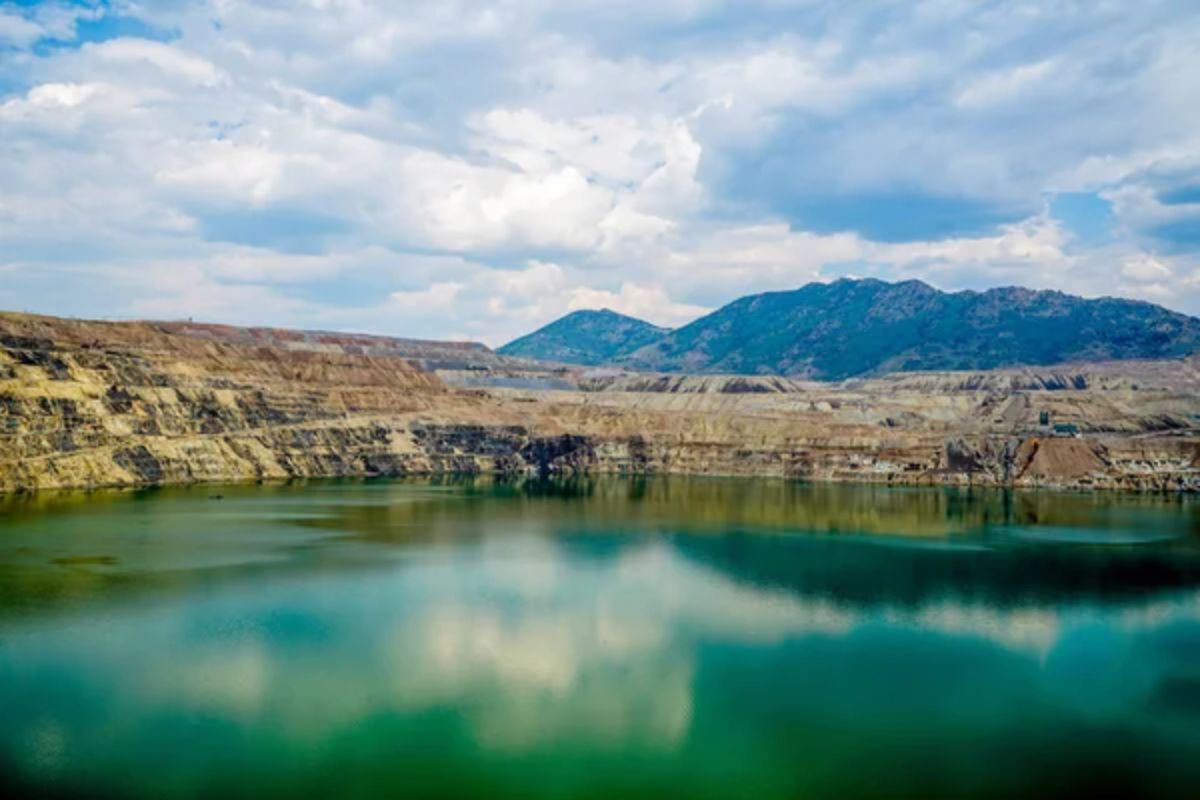
This historic mining city sits in the shadow of the Berkeley Pit—a former open-pit copper mine now filled with acidic water. While not conventionally attractive, Butte’s well-preserved historic district features Victorian architecture from its boomtown days, and the World Museum of Mining offers underground tours led by former miners.
The city’s strong Irish heritage is evident in local pubs, where visitors can share drinks with residents who proudly recount their town’s labor history and mining legacy.
Pripyat, Ukraine

The abandoned city near the Chernobyl Nuclear Power Plant tells a sobering story about a technological disaster. Authorized tours reveal an urban time capsule where Soviet-era apartments, schools, and an amusement park stand frozen since the 1986 evacuation.
Nature has reclaimed much of the city, with trees growing through buildings and wildlife returning to streets which were once busy with human activity. The site offers profound reflections on humanity’s relationship with technology and nature’s resilience.
Barrow (Utqiagvik), Alaska
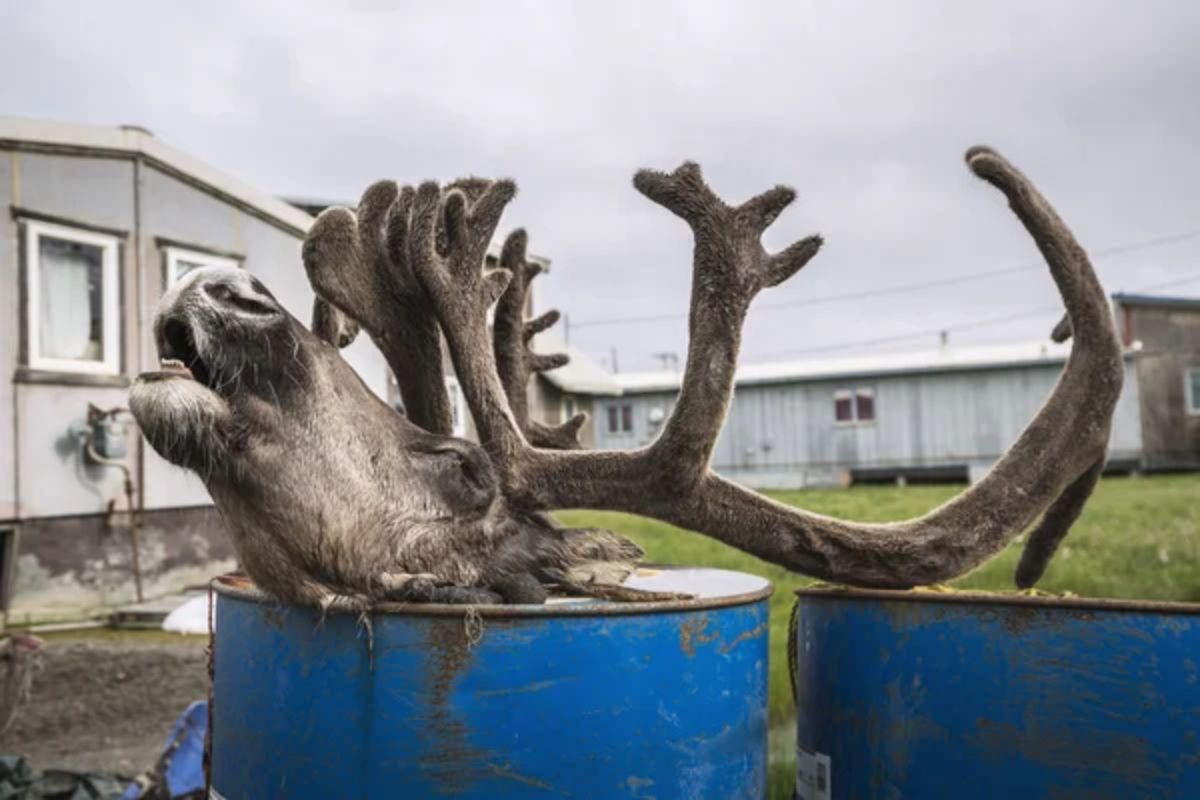
The northernmost city in the United States experiences 65 days of darkness during winter and midnight sun in summer. This remote outpost on the Arctic Ocean provides visitors with an authentic glimpse into Iñupiat culture and modern Arctic life.
Local guides lead tours onto the frozen ocean where traditional whale hunting continues, and community events feature native dancing and drumming that have sustained people in this harsh environment for thousands of years.
Olgii, Western Mongolia
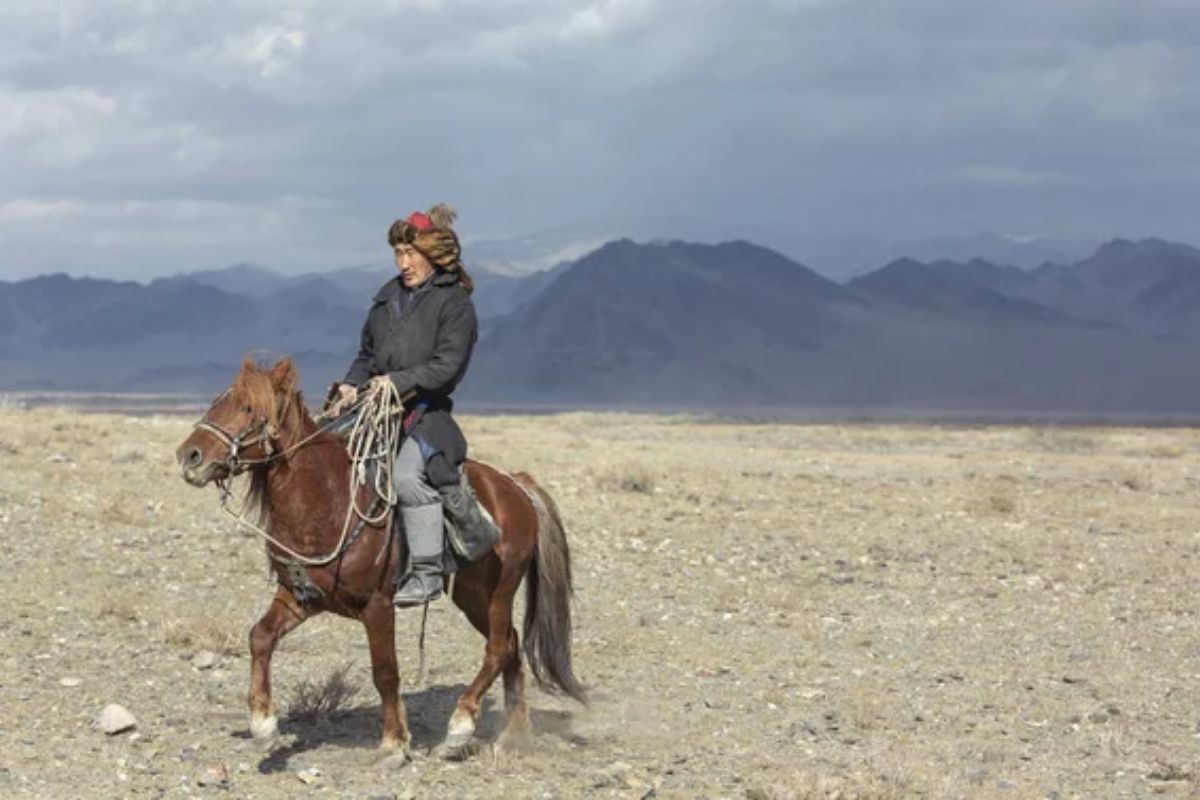
Far from Mongolia’s capital, this remote province offers an authentic glimpse into the lives of Kazakh eagle hunters who maintain centuries-old traditions in a harsh landscape. The stark beauty of the Altai Mountains provides a dramatic backdrop to the daily activities of nomadic families who continue to live in traditional felt yurts moved seasonally with their livestock.
Local craftspeople create intricate embroidery and felt products using techniques passed down through generations. At the same time, the annual Golden Eagle Festival draws participants who demonstrate hunting skills that long predate the concept of social media.
Coober Pedy, Australia
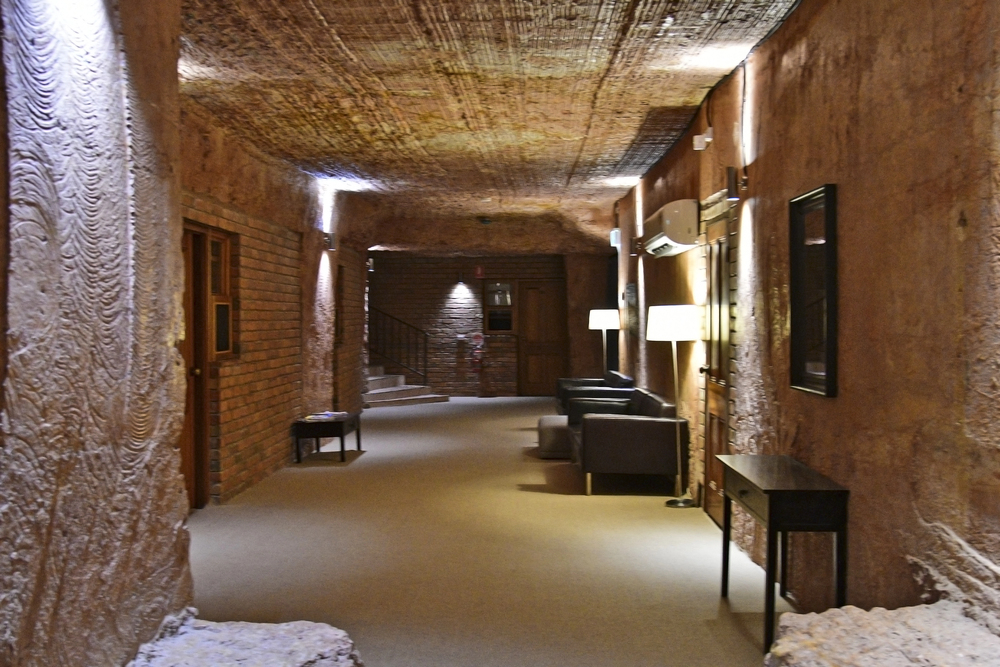
This opal mining town in South Australia’s outback is famous for its underground dwellings, where residents escape the scorching heat. The subterranean homes, churches, and hotels maintain a constant comfortable temperature despite exterior conditions that can reach 120 degrees Fahrenheit.
The moonlike landscape surrounding the town, created by decades of mining, gives visitors the sensation of walking on another planet.
Detroit’s Industrial Zones, Michigan
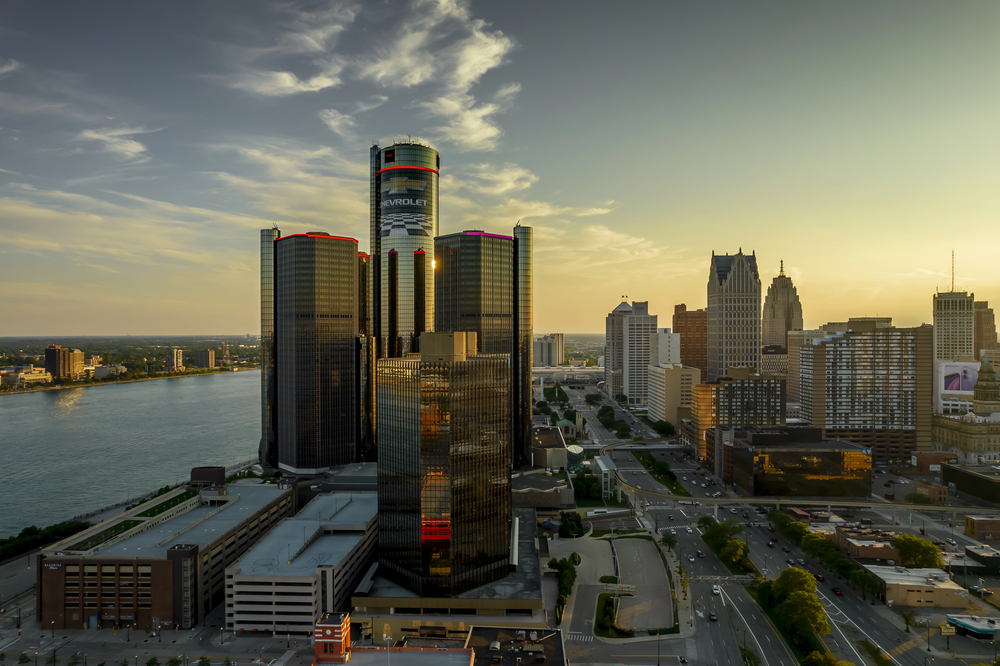
Beyond the city’s downtown renaissance, Detroit’s industrial areas offer a powerful testimony to American manufacturing history. Abandoned factories with broken windows and graffiti-covered walls stand as monuments to an economic transformation that reshaped countless lives.
Urban farming initiatives have reclaimed vacant lots, turning symbols of decline into sources of community renewal and food sovereignty.
Salton Sea, California
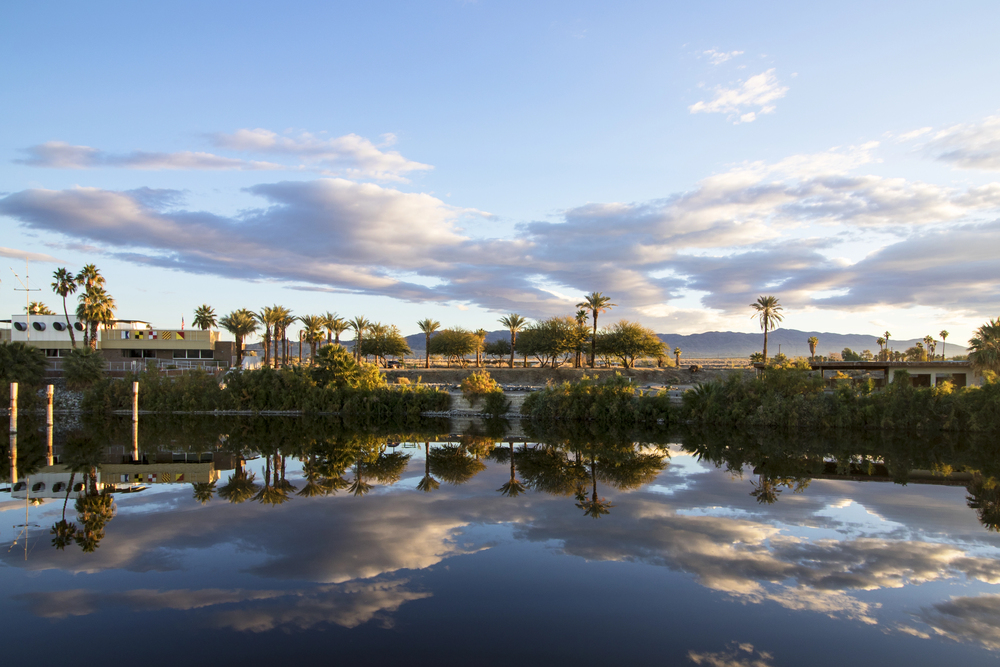
What began as a resort destination in the 1950s has transformed into an eerie landscape of abandoned buildings and beaches made of fish bones rather than sand. Created by an irrigation accident in 1905, this massive inland sea in the California desert has become increasingly saline as it evaporates, killing fish populations and creating surreal shorelines.
Artists and environmentalists are drawn to this accidental sea, which serves as a cautionary tale and a creative inspiration.
Kolmanskop, Namibia
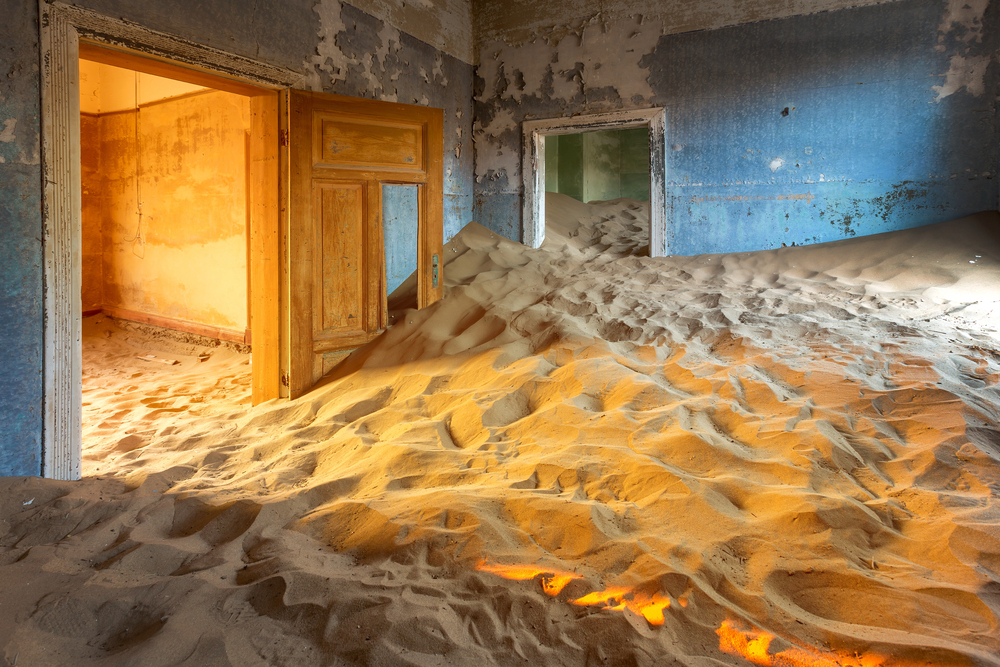
This ghost town in the Namib Desert was once a prosperous diamond mining community with a hospital, ballroom, and the first X-ray station in the southern hemisphere. After the diamond field was exhausted, residents abandoned the town to the advancing desert.
Today, sand fills the elegant German colonial buildings, creating surreal scenes where dunes spill through doorways and windows of what were once luxurious homes.
Vorkuta, Russia

Located above the Arctic Circle, this former gulag town continues to operate coal mines in one of Russia’s harshest environments. Soviet-era apartment blocks painted in bright colors stand in stark contrast to the surrounding tundra, which remains snow-covered most of the year.
The city represents a living museum of Soviet industrial planning and the complex legacy of forced labor that built much of Russia’s north.
North Yungas Road, Bolivia
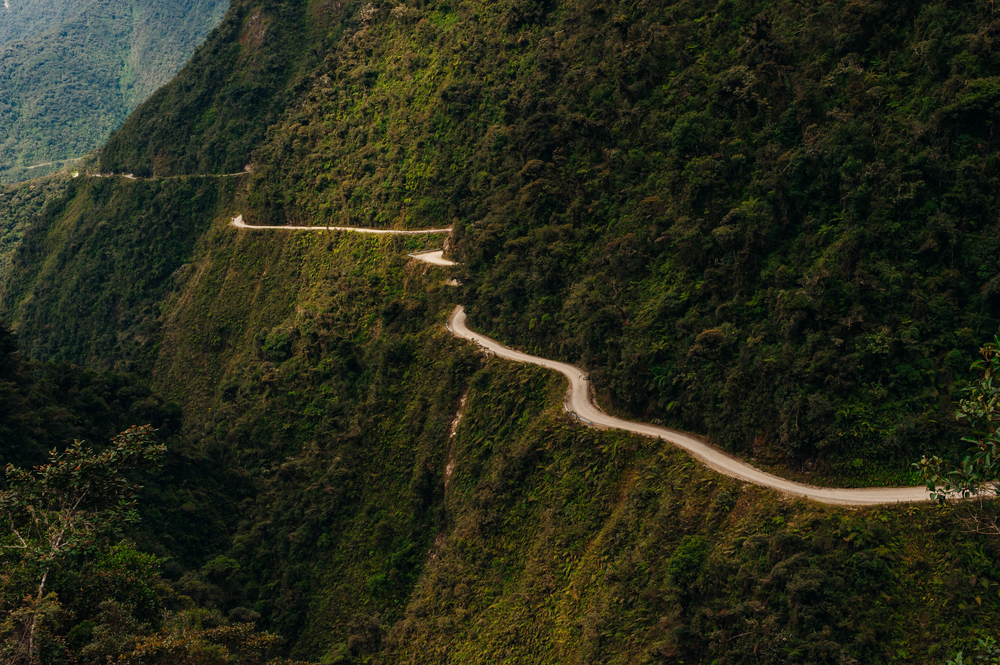
Known as ‘Death Road,’ this narrow track carved into steep Bolivian mountainsides gained notoriety for claiming hundreds of lives before a safer alternative was built. Adventure cyclists still tackle the 43-mile descent that drops nearly 12,000 feet from La Paz to Coroico, navigating hairpin turns without guardrails as they pass memorial crosses marking fatal accidents.
The journey offers heart-stopping moments and spectacular views of the transition from Andean highlands to the Amazon rainforest.
The Exclusion Zone, Fukushima, Japan
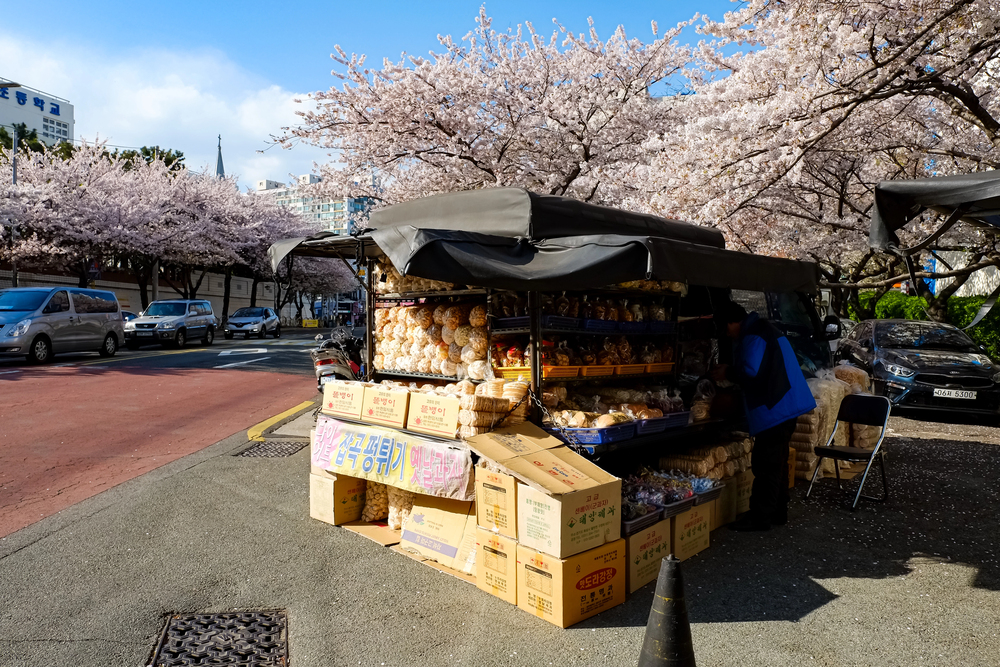
Parts of Fukushima Prefecture remain evacuated following the 2011 nuclear disaster triggered by an earthquake and tsunami. Limited tours now allow visitors to witness abandoned towns where calendars remain turned to March 2011 and vending machines stand as relics of everyday life suddenly interrupted.
The region offers profound insights into how communities respond to displacement and the long-term consequences of nuclear technology.
Looking Beyond the Frame

These destinations remind us that meaningful travel often happens where Instagram filters fear to tread. They offer something increasingly rare in our hyperconnected world—genuine encounters with places shaped by complex forces rather than tourist expectations.
The value of these experiences lies precisely in their resistance to easy consumption. They challenge us to engage more deeply with the world and its complicated reality.
More from Travel Pug

- Cities Growing so Fast You Won’t Recognize Them in 10 Years
- 13 Destinations Where Tourists Regularly Regret Their Trip
- 20 Obscure WWII Sites Even History Buffs Don’t Know About
- 10 Under-the-Radar Mountain Towns That Are Both Affordable and Beautiful
- 20 Abandoned Places That Feel Like Real-Life Post-Apocalyptic Movie Sets
Like Travel Pug’s content? Follow us on MSN.
